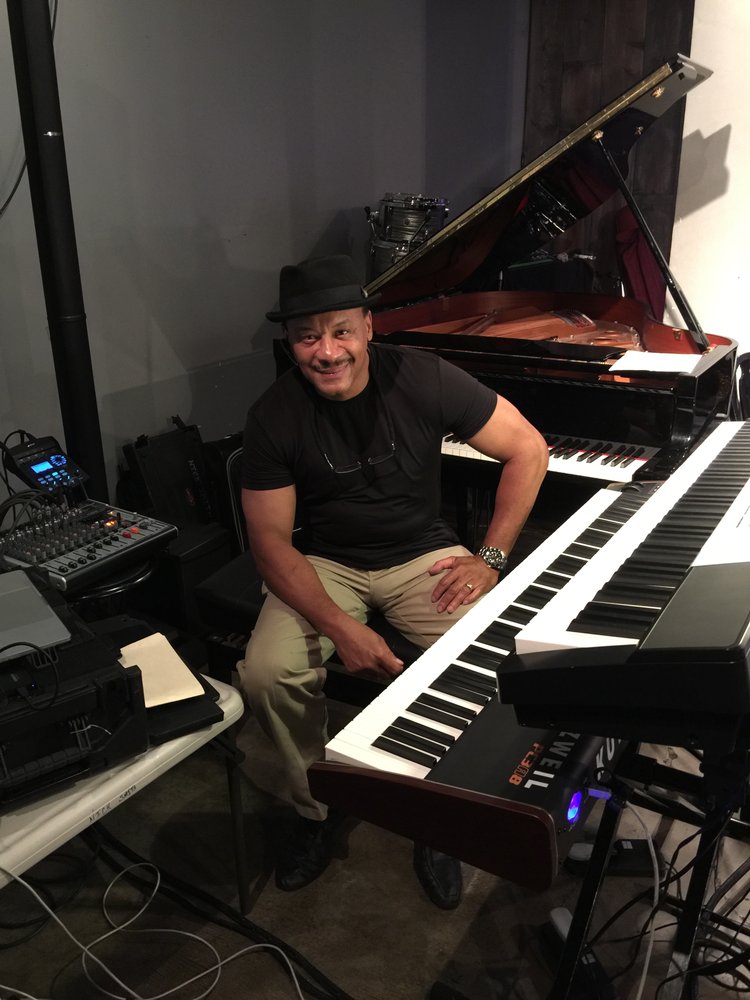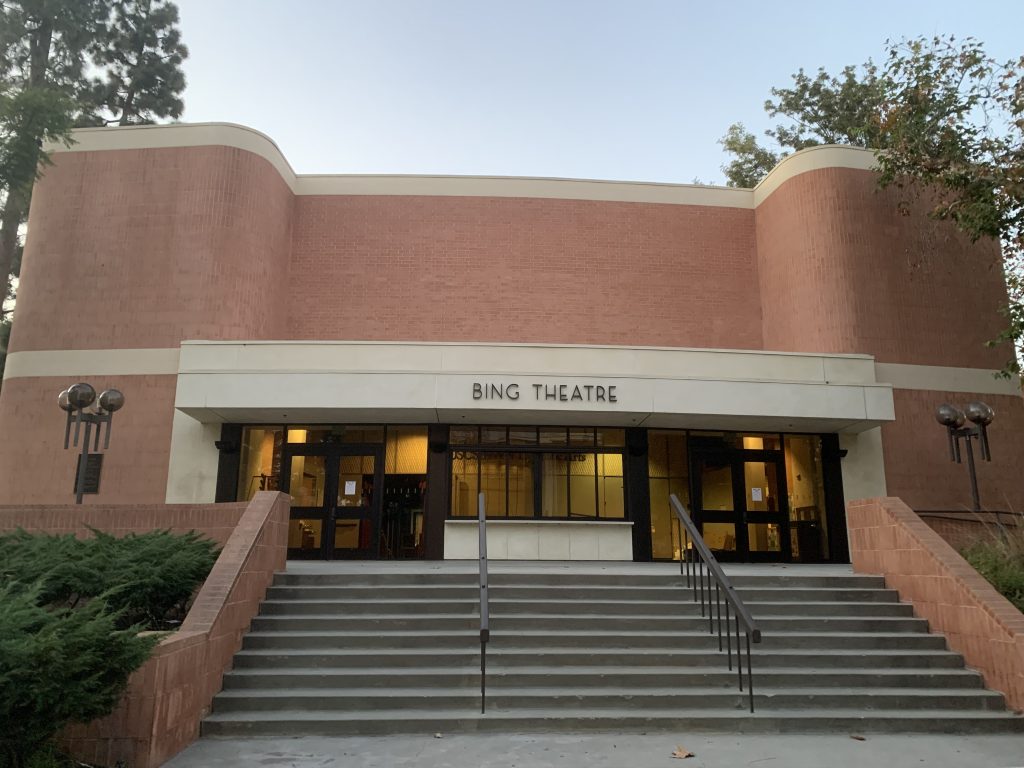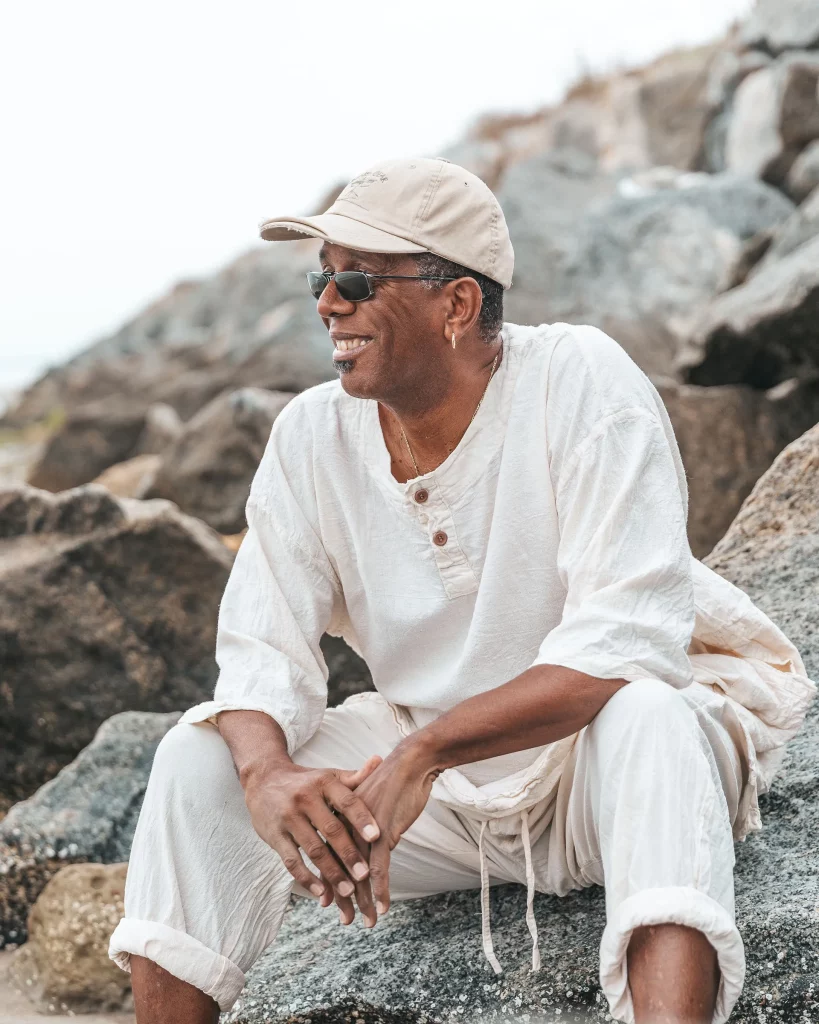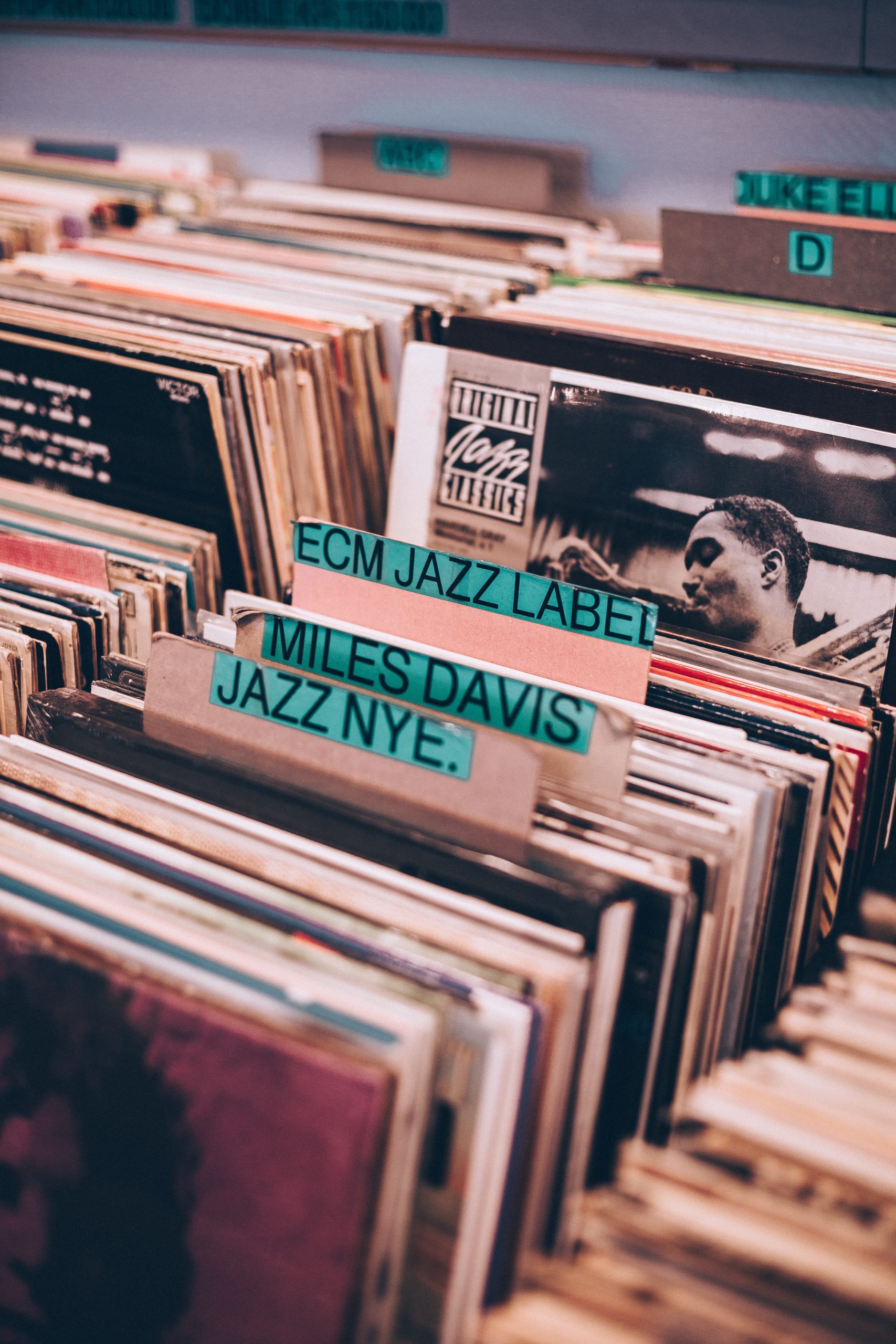In the heart of a bustling city, a jazz street performer captures passersby’s attention with his saxophone’s soulful melodies. His dancing fingers and puffed cheeks let loose a cascade of notes interweaving with car horns and chatter in the distance. He’s performing jazz, a genre that has not only endured but thrived for over a century.
Jazz emerged in the late 1800s and early 1900s and has since evolved into a diverse and ever-changing genre. It has produced legendary musicians like Louis Armstrong, Duke Ellington, and John Coltrane, whose works have left a mark on music worldwide. But jazz, like any art form, is not immune to the test of time. Though it was widely popular prior to World War II, University of Southern California Musicology professor Nathaniel Sloan says it declined in relevance soon after.
“Following World War II, new musical styles that are influenced by jazz but sound very different start to become popular. As these new styles become popular, jazz starts to change. It becomes a little more complex. Styles like bebop start to arise. These styles have fast tempo, complicated chord changes and angular melodies. It’s not as accessible,” Sloan said. “In the 1960s and 70s, free jazz emerges. It’s noisy and raucous and hard to follow. It pushes the audience of jazz even further into the margins. There’s been a real change in the role of jazz from something that is this popular form of mainstream music to something that is more complex and refined.”
Over time, more various sub-genres developed, each diverging significantly from the roots of jazz. Some musicians enthusiastically embrace the shifts in the art form. To USC senior and jazz vocalist Margaret Neuberger, “Jazz is whatever you want it to be.”
“People are gatekeeping and just being like, ‘That’s not jazz anymore,’” she said. “I think jazz has been and is continuing to evolve. I think that just like how ragtime and swing all evolved into jazz, jazz is going to have new classifications, and it already does. I’m excited to see where jazz is going. I really enjoy the artists and band who have taken jazz and incorporated it in a subtle way to make it super digestible for new audiences.”
However, traditionalists in the community are concerned about the genre’s core elements of swing and improvisation. As the musical landscape continues to diversify, there is a tendency to categorize a wide array of styles under the umbrella term of jazz, which some musicians fear will blur the lines and dilute the genre’s authenticity.
“What they want to call jazz is mostly just instrumental R&B. The misconception is you don’t hear vocals on the track, so it’s jazz, and that’s not true,” said jazz pianist and composer Knick Smith. “People have their own feelings pertaining to the music. It’s an art form to me. Simplicity can be created. I’m not against it one hundred percent, but you know, to me, I feel like it does not belong.”

Amidst these contrasting viewpoints within the jazz community, percussionist Munyungo Jackson questions the need for labels at all.
“The word jazz is such an open subject. It’s crazy, it’s very wide. They now have a thing called smooth jazz. I don’t even know why they call it smooth jazz because it has a big fat backbeat in it, and they’re almost making it like R&B,” he said. “Music is so wide, and so spread out, I don’t know why they have certain classifications for music, you know?”
Though jazz musicians may continue to disagree on what is jazz and what isn’t, there is a unanimous consensus regarding acknowledging jazz as a highly advantageous genre to study. Sloan attributes its advantages to the art of improvisation, a cornerstone of jazz performance.
“Miles Davis would instruct his collaborators, when you play what is a ‘wrong note,’ use that opportunity to see where that wrong note can take you in your improvisation. That way of thinking about music allows what you may see as a mistake to become a source of opportunity and creativity,” he said. “When you are trying to do things the right way, you may not see other creative possibilities that might arise when you allow yourself to experiment and fail. That aspect of improvisation, being open to the possibility that arises from apparent mistakes, is something that can be really helpful in one’s creative practice, in one’s work life and in one’s personal life as well.”
Jazz’s creative nature separates itself from the boundaries of traditional music structures. Smith also agrees with the benefits of the inherent creativity within the genre.
“The importance of it is it’s really great as far as your creativity goes,” Smith said. “The more you learn, the better you expand what you’re trying to do. There’s no limitation.”
The structure of jazz as a genre emphasizes collaboration and creation. Sloan says jazz has a unique trait of “helping you connect to people in new and surprising ways.” Jazz acts not just as a performance but also as a form of communication and bonding.
“What is remarkable about jazz is that you can sit down with other jazz musicians and, without speaking a word, start to play together and have a conversation that takes place solely through notes and rhythms without any actual verbiage or words,” Sloan said. “Even if you’re not on the stage playing the music, if you’re an audience member listening and watching that, it can be really inspiring and really invigorating. The ability in jazz to have a conversation without words is a really powerful way to relate to one another as humans.”
Neuberger believes the interactions between musicians in jazz teach a great way to approach life.
“If you go up to a jazz trio and ask, ‘Hey, do you know this tune?’ Being able to do that with three people, we can all speak four different languages and just read it down and make something really, really beautiful,” she said. “Approaching people with an open mind and letting yourself step into situations where you let things be out of your control. It’s just so cool. At the end of the day, we’re just making music, hanging out and it sounds good.”
Jazz enthusiast Annette Mack believes every jazz performance is a special and unique form of expression and communication.
“The musicians put a piece of themselves every time they play. They expose their being to you. Jazz is a glimpse into society’s soul,” she said.

Despite its celebrated status, jazz grapples with many challenges within the contemporary musical landscape. Neuberger says that a prominent issue in jazz is that “it’s super male-dominated.” She believes there is a lot of room for the genre to improve in terms of gender diversity and attitude.
“Even at USC, the junior year of jazz undergraduates, there’s only one girl in the entire class. She’s a vocalist. The sophomore year, same thing. Only one girl, and she’s a vocalist,” Neuberger said. “I think it’s really important to empower women and people of color to get back into the genre instead of shying away. There is a kind of culture within jazz. It’s amazing, and it’s freeing, but some people forget that it’s for everyone. I’m not here to be stressed or feel uncomfortable in a room with 20 men where I’m the only woman. I’m not here for that.”

Another challenge of Jazz is one faced by educators. Similar to the debate between musicians between preserving the core of jazz or accepting the various changes in the genre, educators have to balance the duality of the rules of jazz while encouraging the creativity that fostered the genre in the first place.
“One of the challenges that educators face in teaching jazz is the tension between jazz being a creative form of music that arose organically from primarily Black urban communities in the early 1900s as an expression of joy and sometimes political disenfranchisement and sometimes a referendum on the social issues facing the country and sometimes just as a form of really fun dance music. Versus today, jazz is being treated as a complex art form with a host of rules and traditions and stylistic norms,” Sloan said. “The question facing a lot of jazz educators is how do you communicate the intricacies of this musical tradition with a level of respect and integrity while also acknowledging that those rules are meant to be broken?”
Despite jazz being a constantly evolving genre with many challenges, Jackson believes one thing is certain.
“Jazz is not going anywhere. I mean, jazz is not going to stop. We played jazz tonight and people loved it.”
